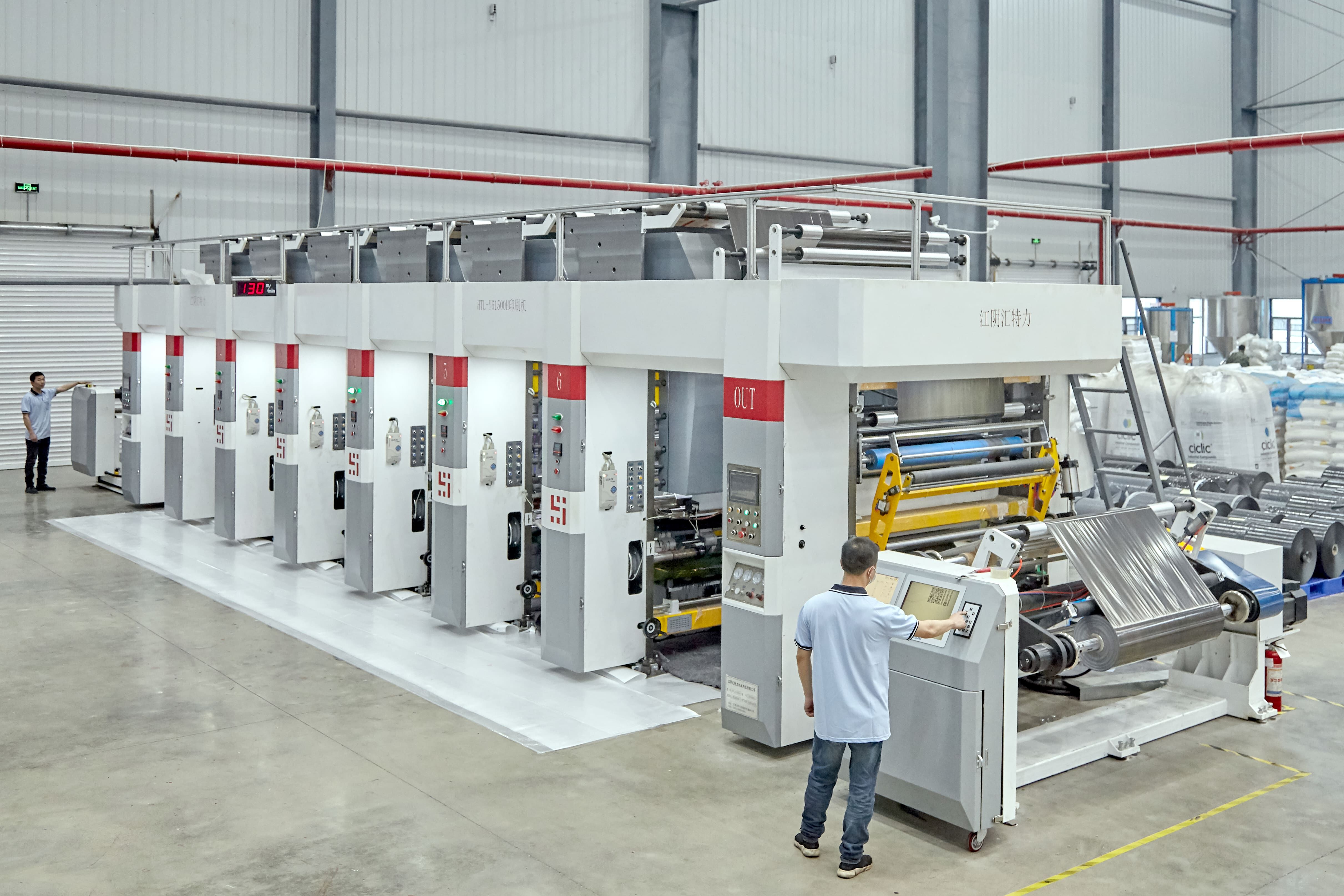RTL
Click to Enable

Per orbem terrarum systemata electoralia diu dependunt a methodis physicis et digitalibus ad colligenda et numeranda suffragia. In hoc variabili ambitu, electio idoneae rationis fidem publicam confirmare aut corrumpere potest. Cum technologia continue transformet systemata democratica, charta suffragii manet unum e frequentissimis et tutissimis instrumentis suffragii in orbe terrarum. Necessarium est examinare quomodo papirus suffragii et systemata suffragii electronica functionent, aestimentur aspecti securitatis eorum, et intellegatur quae in integritate alectionis intersit. Papirus suffragii, ut repraesentatio physica electionis civis, praebet praecipua quae saepe subaestimantur in disputationibus de modernis systematibus suffragii.
Charta suffragii praebet visibilem relationem cuiusque electoris electionis. Hoc formato corporeo permissa est verificatio manuum, recensio et examinatio, quae in electionibus aequatis aut controversis valere possunt. Quaeque charta per tutam et moderatam custodiae seriem a typographia ad servandam et denique numerandam retrorsum revocari potest, qua transparens maior efficitur.
Quod voti charta non nititur codicibus aut machinis durante ipso suffragiorum colligendo, non patitur insidias per circuitus aut defectus electricos. Ita ratio stabiliens adversus pericula digitalia fit. Si rite tractetur et moderate custodiri sinitur, charta votorum unum ex tutissimis suffragandi modis manet.
Saepe suffragium electronicum machinas tactiles, cognitionem biometricam et transmissionem datae encryptas involvit. Licet celeris sit, haec systemata in ininterrupto ambiente digitali et solido programma nituntur. Flagitiis, ut virus, corrumpere firmware vel deficere electricitatem, exitus corrumpere possunt nisi prudenter cautum sit.
Systemata suffragii electronici pro celeriterate exitus reddendis et faciliore suffragio adhibentium cum impedimentis corporis notissima sunt. In quibusdam regionibus etiam suffragium longinquum aut transmarinum permittunt, commodius aditum praebentes. Tamen, commodo praeponi debet securitas et fiducia populi.
Praeterea, charta pallii bene praesidet contra iniurias machinae. Non potest reprogrammari aut remoto regi aut per programmatum vitia turbata. Etiam in magnis nationis electionibus, simplicitas chartae pallii saepe fiduciam dat electoribus qui de manipulatione digitali sollicitantur.
Cum charta pallii, reprobationes fieri possunt ex originali veritatis fonte ipso chartae. Haec reprobatio a pluribus partibus interessentibus peragri potest, praebens comprobata documenta de numerandis suffragiis. Haec difficilior est ad consequendam cum systematis electronicis quae in tabulis notarum aut digitali subsidio nituntur.
Facere et ferre chartam pallii planum diligens exigit. Chartae pallii ad normas severas imprimi, secure ferri, et tutum servari debent. Quaelibet rerum administratio male posse ducere in magnas difficultates, ut chartarum pallii inopia vel erronea designatione in locis sententiae ferendae.
Numeratio manuum chartarum electionum est operosa et propensa ad errores humanos. Quamquam bini examinatores et praesidium imminuere possunt inexactitudines, tamen prorsus eliminare non possunt. Tamen multi errores manuales magis confidunt quam occultis digitalibus vitiosis.

Etiam cum firmis tutelae cyberneticae structuris, systemata suffragii electronici sunt vulnerabilia ad incursiones piraticas. Ab impetibus Denegationis Servitii Distributi (DDoS) usque ad exploitations programmatum, quaelibet ruptura fiduciam publicam periclitari potest. Examinatio securitatis et emendationes iuvant, sed tutum esse non possunt.
Sine vestigio cartaceo, difficilius fit confirmare suffragia recte esse data et computata. Quamvis quaedam machinae suffragii electronicae habeant recensitum impressum aut tabularia subsidia, haec non semper sunt aditui ad observatores externos, id quod transparens processus minuit.
Aliquot nationes combinationem suffragii electronici cum chartis suffragiis utuntur. Electores electiones suas per instrumenta digitalia faciunt, deinde chartae imprimuntur et in cistam suffragiorum ponuntur. Hic modus mixtus celeritatem suffragii electronici utitur chartarum tamen fidem retinet.
Systemata mixta fiduciae lacunam inter generationes antiquiores et recentiores implere possunt. Cum charta suffragii conservatur, praebet securitatem suffragii traditi dum processum totum reformant. Successus probatio exacta et certa cum electoribus communicatione pendet.
Progressibus in technologia non obstantibus, multae democratiae adhuc multum in chartis suffragiis insistunt. Hic usus continuus est indicium fiduciae, simplicitatis, et electionum claritatem adiuvandi. Nationes ut Germania, Canada, et India chartas physicas praeficiunt ut fiduciam servent.
Tabella suffragii moderna praedita est altis praesidiis tutelae ut codices QR, figmenta aquae, et textus microscopici. Haec elementa prohibent ingerentiam et meliorem persequi et examinare permittunt. Quamquam forma tradita manet, tamen ratio huius tabellae semper evolvitur.
Ut utraque ratio proficiscatur, praesidium regulamentorum strictum necessarium est. Typographia, custodia, et numeratio tabellarum suffragii normas iuridicas severas implere debent, ut aequitas electionis servetur. Pariter, rationes electronicae translucentes esse et inspectioni patentes oportet.
Cum rationes electronicae adiumento adiunctis aut longinquatis suffragantibus adhiberi possint, tabellae suffragii quoque accommodandae sunt. Tabellae tangibiles, formae multilingues, et typi maiora littera ad votandi ius corporale reddendum iuvant. Difficultas est, ut methodi tuti sine aliqua parte populi privata pateant.
Postremo fiducia electorum pendet ex systemate adhibito. Claritas communicationis de modo quo charta electorali custoditur et quo systemata electronica funkt, necessaria est. Demonstrationes publicae, examinatio et procedura perspicua fiduciam aedificant in methodo qua utimur.
Solutio omnibus apta vix unquam valet in systematibus democraticis. In quibusdam casus , charta electorali perstare est tutissima ratio. In aliis, temperata coniunctio technologiae et traditionis potest optimas utriusque partis offerre. Quisque coetus electoratus debet necessitates suas peculiares aestimare et prudenter eligere.
Charta electronica documentum physicum praebet quod non mutari potest digitaliter, idcirco securum est adversus intrusionem aut manipulationem software. Praeterea auditum manuale independentem permittit.
Votatio electronica tutum esse potest si recte adimpleatur et examinetur. Attamen dubitationes manent de inopinatis digitalibus et de inani examinationis ratione in quibusdam systematibus.
Systemata mixta celeritatem votationis electronicae cum securitate tabellae electorales iungunt. Fiducialia esse possunt si recte moderata et aperta sint votantibus.
Multae nationes simplicitatem, transparentiam et examinabilitatem tabellae electorales confidunt. Eam methodum diuturnam esse censent quae cum suis legibus et moribus consentit.